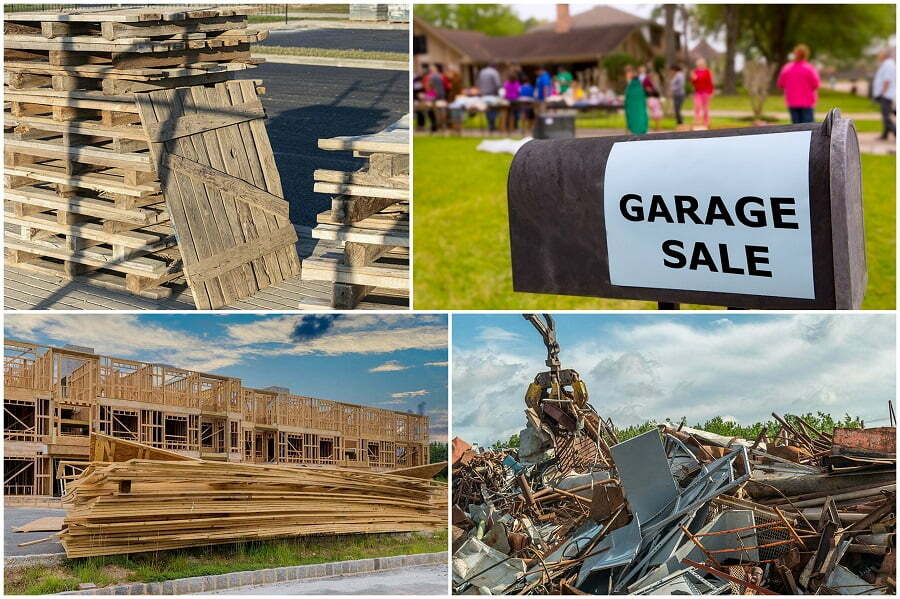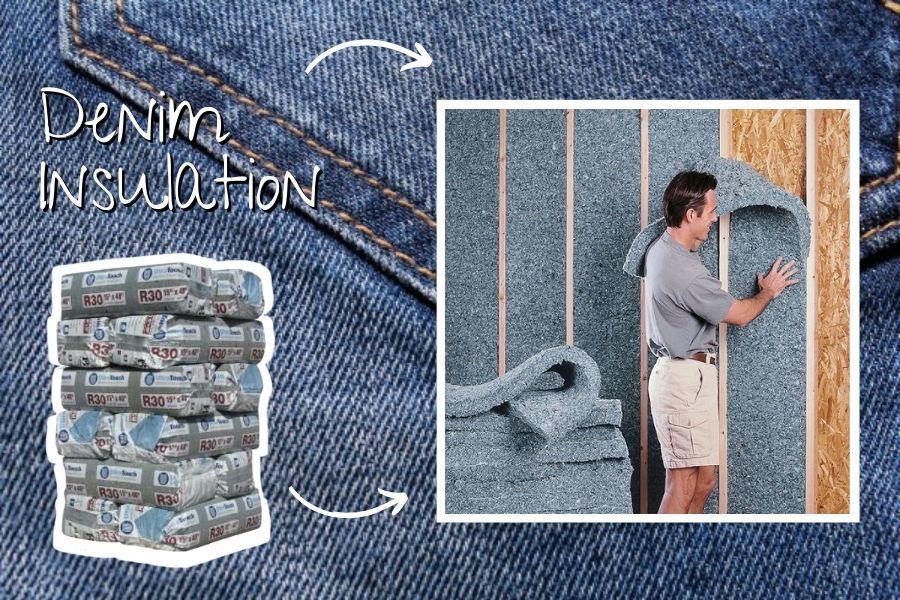Last updated on
Recycling kitchen cabinets not only benefits the environment but also saves money; this article will guide you on how to successfully repurpose them, revealing tips on disassembly, safe removal and restoration projects.
Key takeaways:
- Assess the condition of your kitchen cabinets before recycling.
- Safely remove cabinets using the right tools and precautions.
- Donate cabinets to organizations like Habitat for Humanity ReStore or The Loading Dock.
- Recycling cabinets reduces landfill waste and preserves resources.
- Repurpose old cabinets for creative home projects like workbenches or bookcases.
Evaluating the Condition of Old Kitchen Cabinets
When assessing your old kitchen cabinets, consider their structural integrity. Cabinets in good condition, with stable frames, untarnished doors, and functional drawers, are prime candidates for recycling. Look for signs of wear such as minor scratches or dents, which can often be sanded out or repainted. Solid wood cabinets are particularly sought after for reuse, owing to their durability and timeless appeal.
On the other hand, those with significant water damage, mold, or broken components may be less suitable for traditional recycling programs and might need to be broken down into recyclable parts. Laminated particle board cabinets are less durable and harder to refurbish, but with the right approach, can still be recycled.
It’s also crucial to examine the hardware. Metal handles and hinges can typically be detached and recycled separately if the wood is in disrepair. By taking the time to accurately gauge the condition of your cabinets, you ensure the most efficient and eco-friendly method of disposal is chosen.
The Process of Cabinet Removal
Safely removing your kitchen cabinets is a crucial step before they can be repurposed or recycled. To start, clear out all items from the cabinets and drawers. Then, shut off the water supply if you’re also removing a sink base cabinet to prevent any accidents. It’s wise to label or take pictures of your cabinet setup if you’re planning to donate them, so the next person can easily reassemble them.
Next, you need the right tools, typically a drill or screwdriver, to detach any screws or nails holding the cabinets to the walls. Start with the upper cabinets to avoid having to work around the base cabinets if they were already removed. It’s also essential to have a partner who can support the cabinet as you loosen the fasteners to prevent it from falling.
Once detached from the wall, gently lower the cabinet. Take care to remove any remaining nails or screws from the walls and the cabinets themselves to prepare them for their next use. Keep in mind to assess the state of the wall and make any necessary repairs after the cabinets are out. Proper removal ensures that cabinets remain in good condition for reuse, thus supporting sustainability efforts.
The Various Recycling Organizations Specializing in Building Materials
When you decide to part with your kitchen cabinets, rest assured that there are dedicated entities ready to facilitate their next life. These organizations often fall under the canopy of non-profits that accept donations of reusable building materials, which they then sell or provide to those in need.
Habitat for Humanity ReStore: A prominent example where you can donate cabinetry. Proceeds from their sales help build homes for families in need.
The Loading Dock: As the nation’s first successful, self-sufficient, non-profit building materials reuse center, it provides an outlet for surplus or reusable materials.
Construction Junction: Encourages conservation through the reuse of building materials, often coordinating with deconstruction services to ensure materials are salvaged efficiently.
Earth 911: This resource gives you quick access to local recycling opportunities, including those for cabinetry and other building components.
Remember to check with these organizations regarding their specific acceptance criteria. Cabinets should generally be in good condition, free of major damage, and complete with all their components for the best chance of being repurposed. These avenues not only aid in waste reduction but also support community development and provide affordable material options.
Environmental Impact of Recycling Vs. Disposing Cabinets
By opting to recycle, we’re steering clear from the unsustainable practice of simply piling more onto our landfills. Every disposed cabinet signifies a squandered opportunity to reduce resource consumption. When broken down, kitchen cabinets can be a valuable source of raw materials. Solid wood portions can re-enter the manufacturing cycle, reducing the need for fresh lumber. This translates to fewer trees being felled, thereby preserving our forests and the vital biodiversity within them.
Moreover, kitchen cabinets often contain a mix of materials including metal handles and hinges. Recycling these metals conserves energy and resources, as producing new materials from scratch is an energy-intensive process. Metals are endlessly recyclable without degradation of properties, making them prime targets for recycling efforts.
Another aspect often ignored is the reduction in emissions. When wood and other components are incinerated or left to decompose, they release carbon dioxide and potentially harmful chemicals into the atmosphere. Proper recycling limits these greenhouse gases and pollutants, contributing to cleaner air and mitigating climate change.
Lastly, recycling has a socio-economic dimension. By donating to local charities or non-profits specializing in building and housing projects, you give your old cabinets a second life and help support community development. This vital act fosters a culture of sustainability as it underlines the importance of resource responsibility to future generations.
Innovative Ways to Repurpose Old Cabinets
Transform your kitchen cabinets into stylish and functional pieces for other areas of your home:
Create a Custom Workbench: Add a new countertop to base cabinets to create an industrial-style workbench for your garage or craft room, offering ample storage for tools and supplies.
Fashion a Bookcase or Display Unit: Wall-mounted cabinets can be stacked vertically and anchored to a sturdy base to showcase books, collectibles, or plants.
Design a Home Office Desk: Join base cabinets together with a solid worktop, providing a unique desk with built-in storage compartments.
Assemble a Kitchen Island: By placing cabinets back-to-back and adding a countertop, you can create a versatile kitchen island with extra storage and workspace.
Bathroom Vanity Transformation: A sturdy set of lower kitchen cabinets can be converted into a bathroom vanity with a new sink and plumbing.
Through these suggestions, old kitchen cabinets gain a second life, reducing waste and demonstrating the versatility of repurposing materials.
FAQ
How do you dispose of old kitchen cabinets?
To dispose of old kitchen cabinets, you should transport them to your local household recycling waste centre, ensuring to recycle appliances with a plug or battery and cabinets made from untreated wood.
Can you repurpose old cabinets?
Yes, old cabinets can be repurposed into a storage bench by utilising the base cabinets as a foundation and adding a cushioned seat on top.
Is it worth saving old kitchen cabinets?
Absolutely, it’s worth saving old kitchen cabinets as they offer opportunities for cost-effective renovation, and crucially, they form the first impression of your kitchen.
What are some eco-friendly options for recycling kitchen cabinets?
Eco-friendly options for recycling kitchen cabinets include donating to reuse centers, upcycling for creative uses, or hiring a certified recycling company to deconstruct and recycle the materials responsibly.
How can businesses or community organizations benefit from donated cabinets?
Businesses or community organizations can benefit from donated cabinets by reducing expenses on furniture, promoting recycling, and improving storage efficiency for their operations.
Are there certain materials in kitchen cabinets that can be more easily recycled than others?
Yes, kitchen cabinets made of wood and metal are easier to recycle than those made from plastic or composite materials.
Related reading:
Table of Contents



